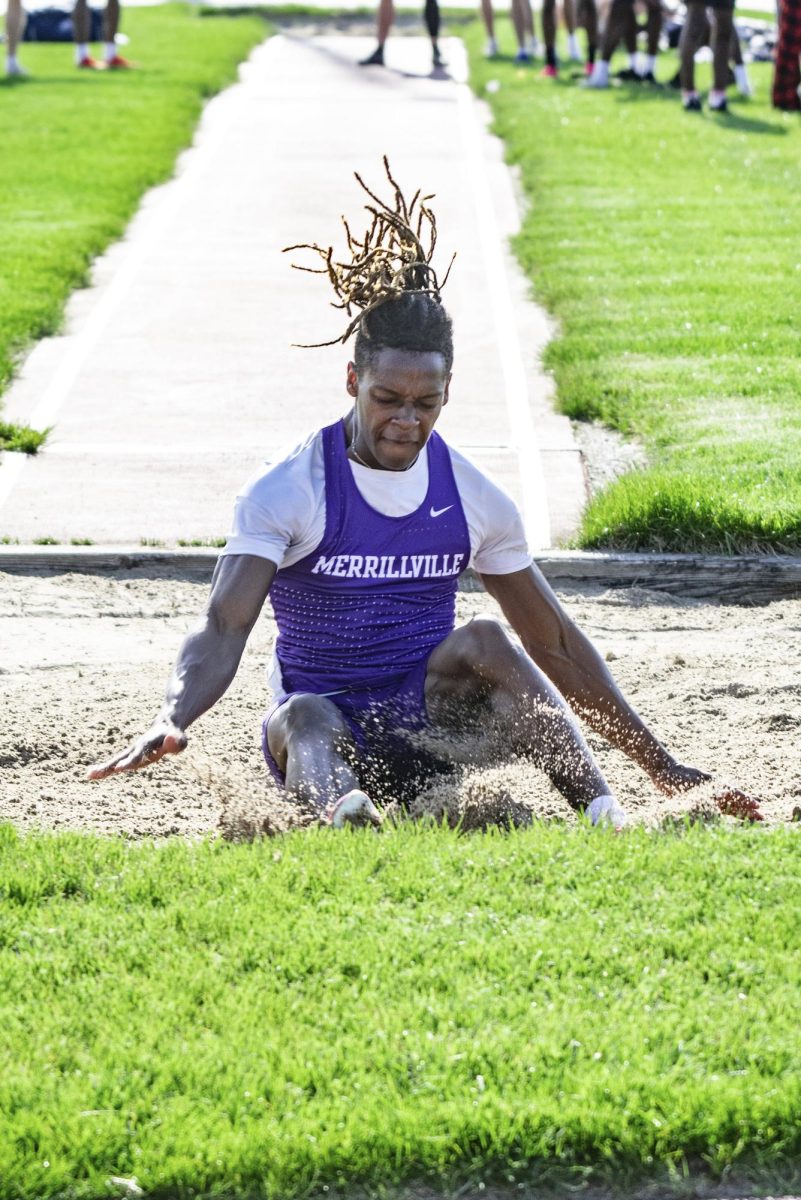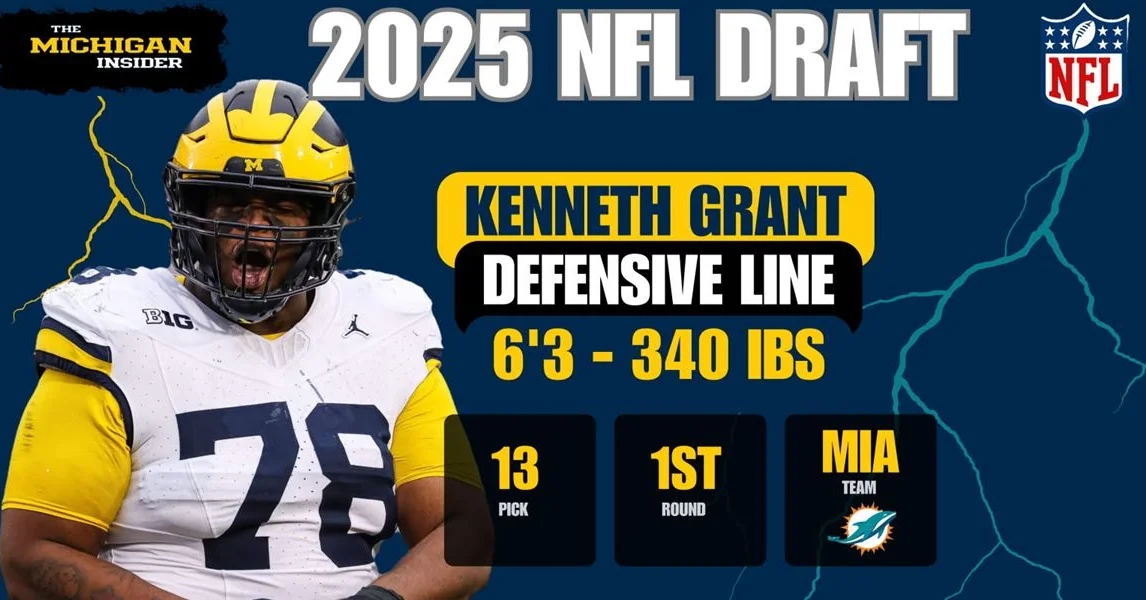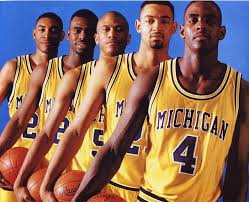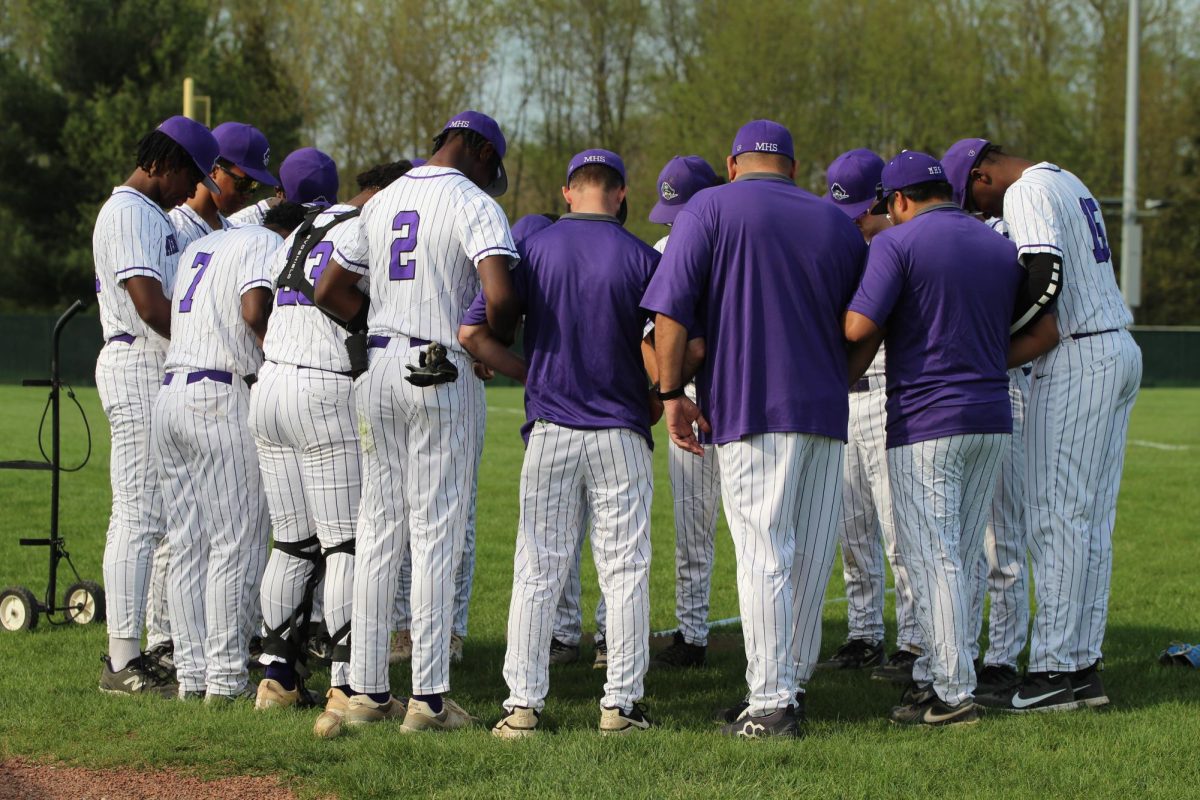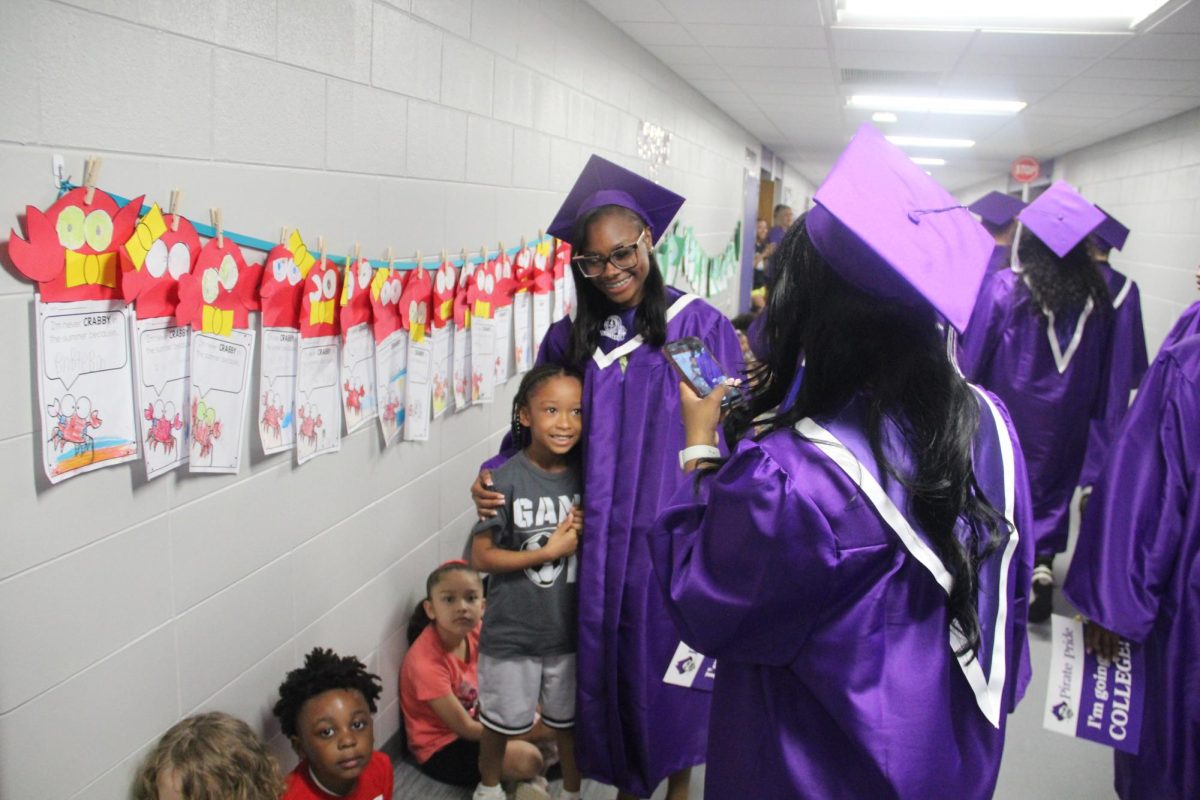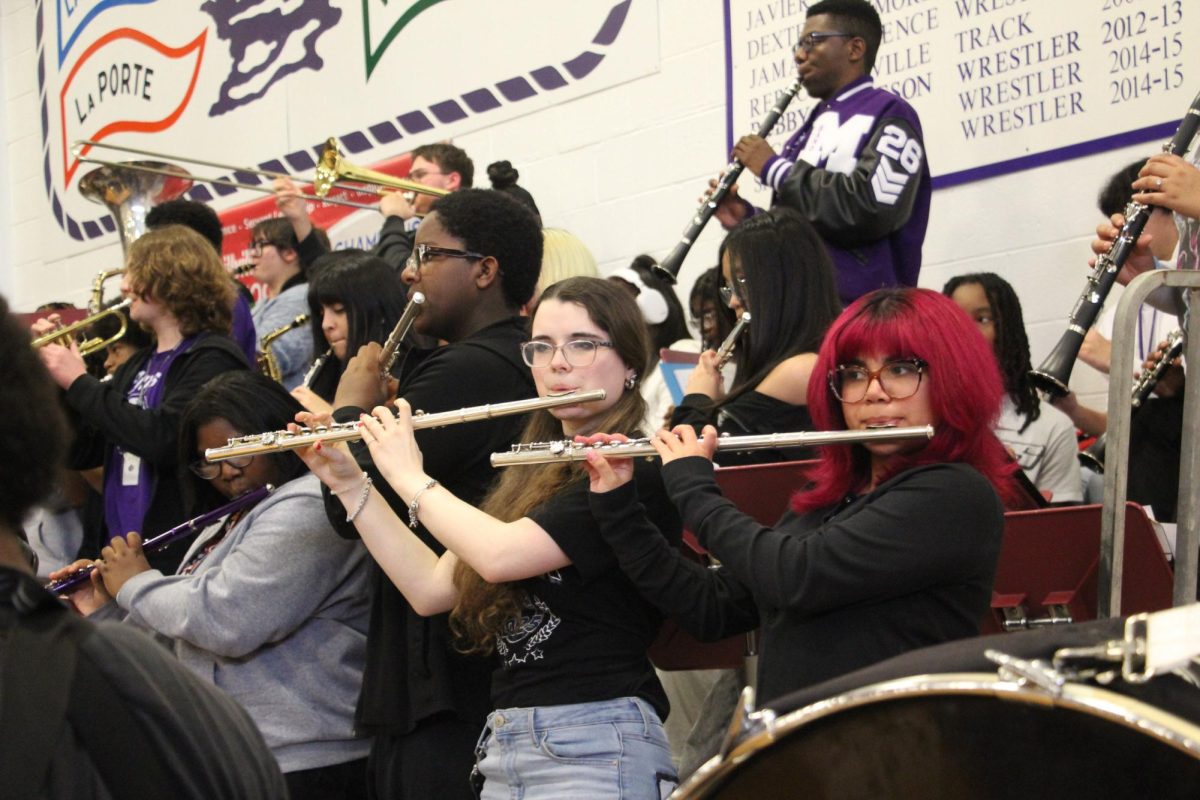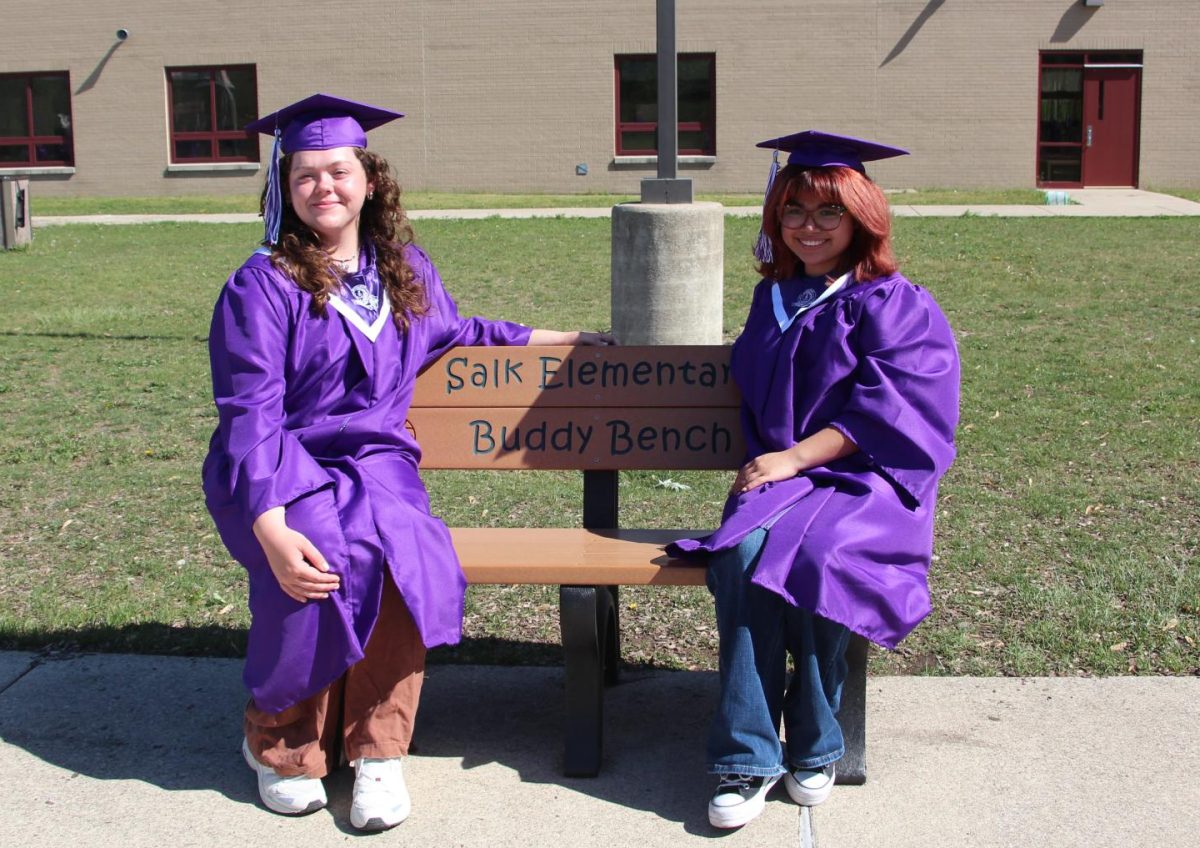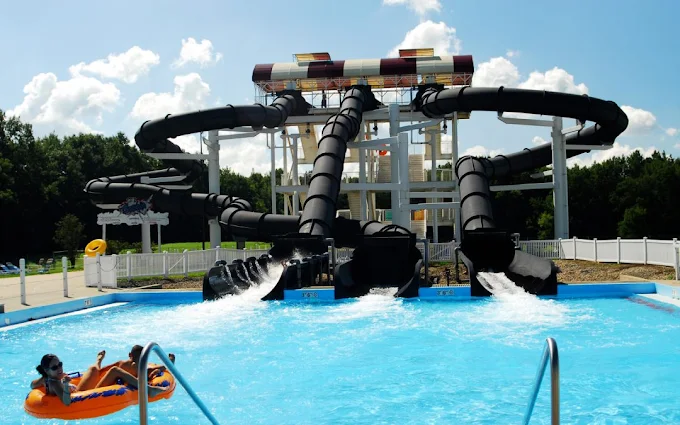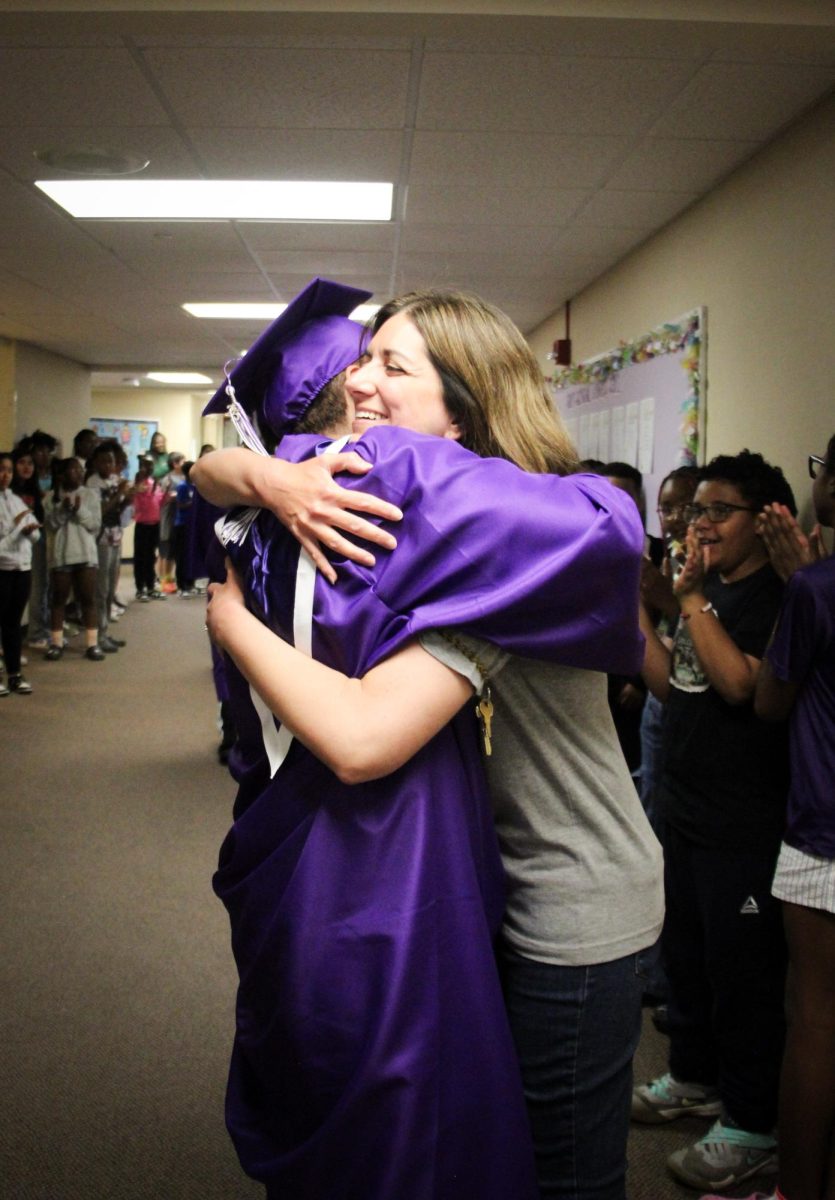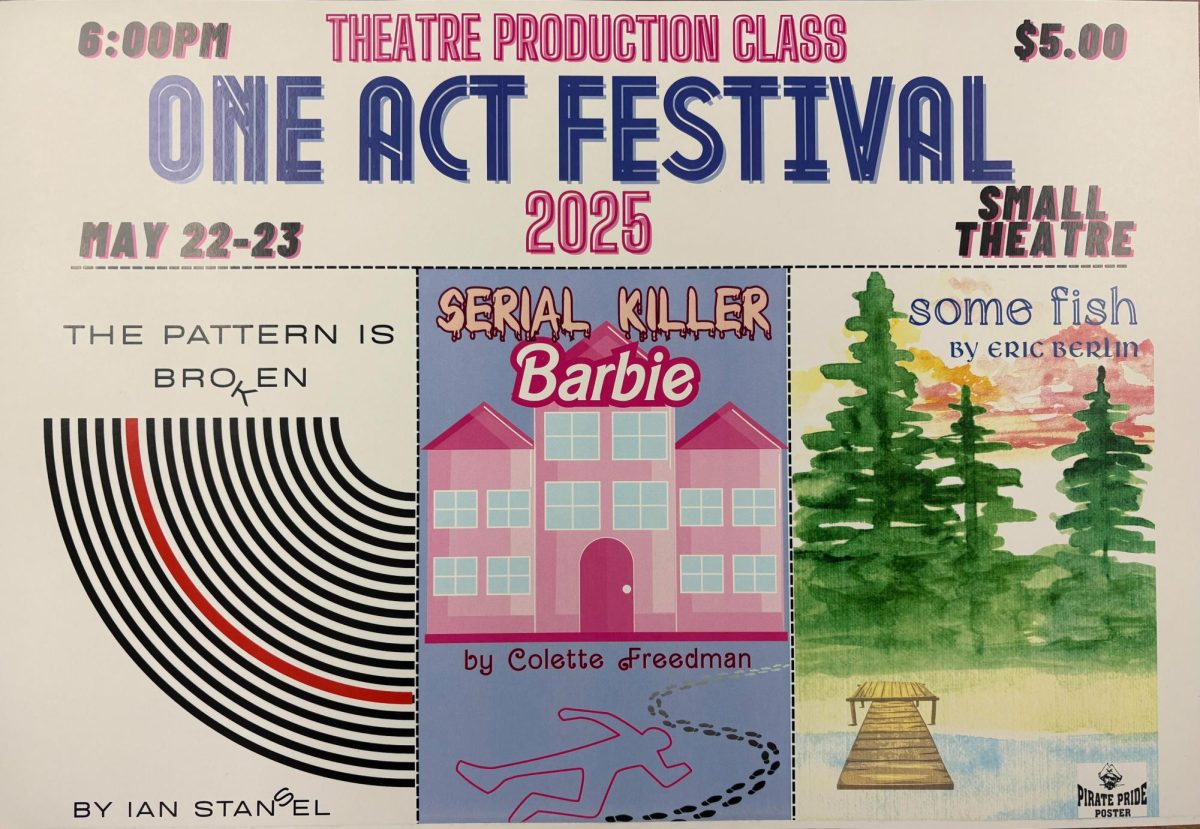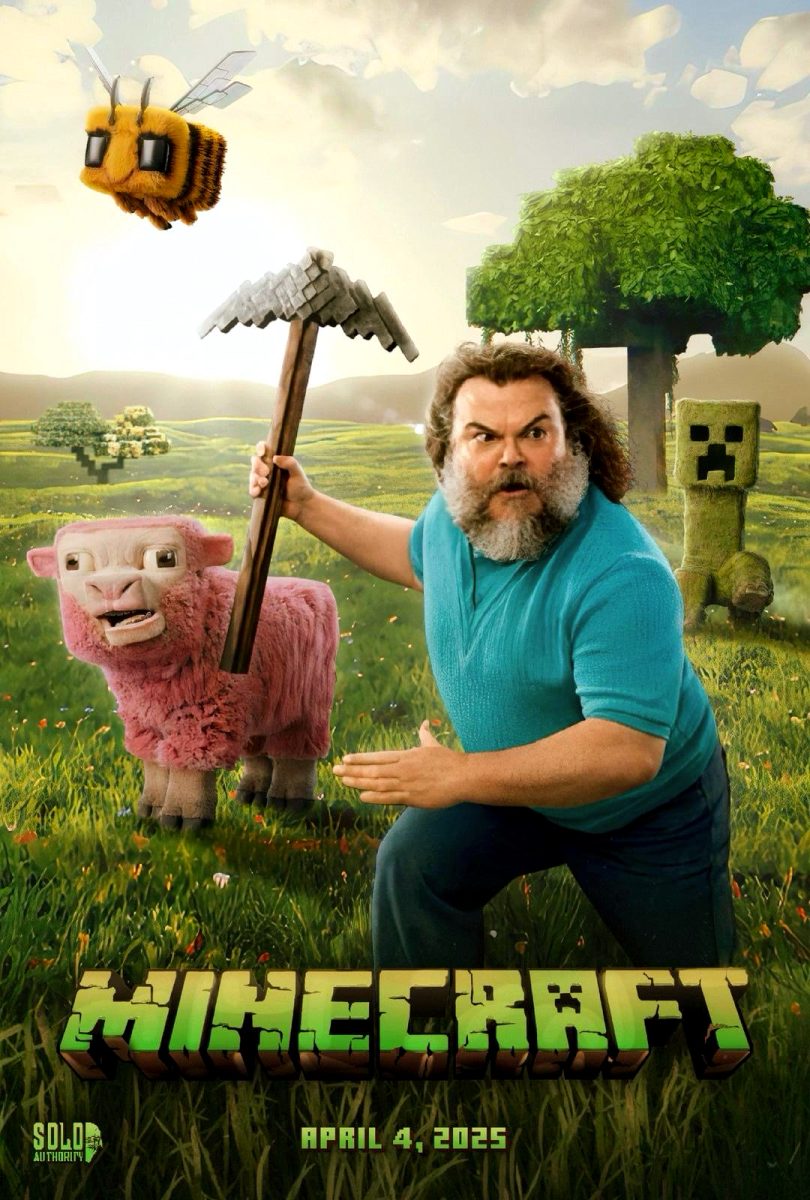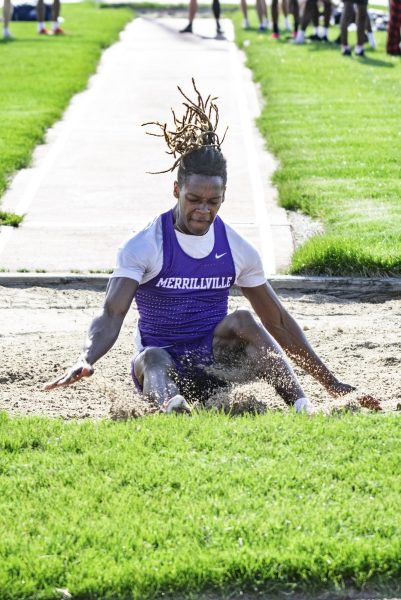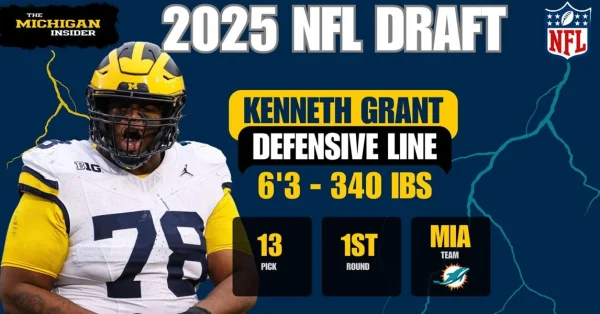Student-trainers play crucial role for athletic teams
Whether it’s injuries, setting up pregame, or helping out during practice, the school’s student-trainers are faced with a challenging job day in and day out.
“The student-trainers are a very important part of the sports medicine program here; they work hand in hand with myself as well as the other athletic trainers here (Mr. Gibson and Ms. Dean),” Athletic Trainer Francesca Salazar said.
“The program is structured in a way that each year builds on from the previous year. For example, my senior trainers have the most experience, and are able to work hands-on with athletes from doing rehab exercises with them to taping them.”
As the student trainers continue to help out, Ms. Salazar oversees everything.
“I think that they play an important role in athletic departments, because I wouldn’t be able to do everything without them,” Salazar said of the students. “Between getting stuff ready for practices or games, they make the training rooms run a whole lot smoother – I mean at this point most of them know what I’m thinking or going to say before I even say it.”
Being a new head trainer, Ms. Salazar knew she had big shoes to fill if she wanted to gain the trainers’ trust.
“I’ve only been here since this summer, but my goal with this program was to build off of what the former ATs had built. I want these students to be prepared not only for college (or a career in athletic training), but for life after high school,” she said. “For example, being able to manage their school work (which will always be priority #1 for me) covering games with staff – being able to manage responsibilities is something that applies to all aspects of life.”
With all the work that comes with the job, many people wonder if people do a job like that for free. With their passions being in medicine, Seniors Aadiana Pena and Alyssa Renk hope to gain the experience needed to thrive in the medical field.
“I volunteered to be a student-trainer because I want to be a nurse, and I feel like student training is giving me the extra experience I’d need going into the medical field,” Pena said.
Renk has similar goals.
“I volunteered to be an student-trainer because I wanted to be in the medical field since I was 11, and once i got to high school, I had a freshman mentor who noticed that i was into medicine and she asked if i wanted to join with her my sophomore year, and I just stuck around ever since because i liked doing it,” Renk said.
While student-trainers and managers both assist the team, they still have much different duties. “We assess the injuries and set up for the games, water, towels, bandages, and things like that,” Pena said.
Covering many sports can be fun, but also gruesome at the same time, as the trainers have seen some bad injuries.“The worst injury I’ve seen so far as a student trainer was a dislocated ankle and it was twisted all the way around completely,” Renk said.Ms. Salazar is working to prepare students for success in the future.
“I’ve only been here since this summer, but my goal with this program was to build off of what the former ATs had built,” she said. “I want these students to be prepared not only for college (or a career in athletic training), but for life after high school.”
“For example, being able to manage their school work (which will always be priority #1 for me) covering games with staff – being able to manage responsibilities is something that applies to all aspects of life.”.
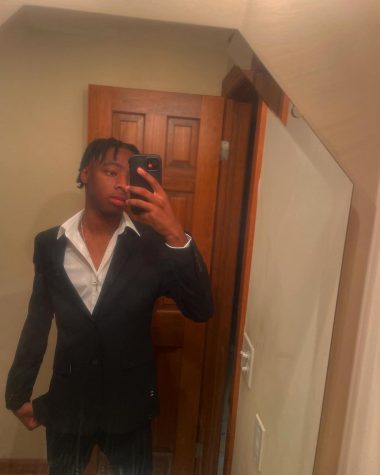
I like to box and I’m looking forward to starting to compete early next May. I’m going to college to study film and cinematography. After college I’m...




